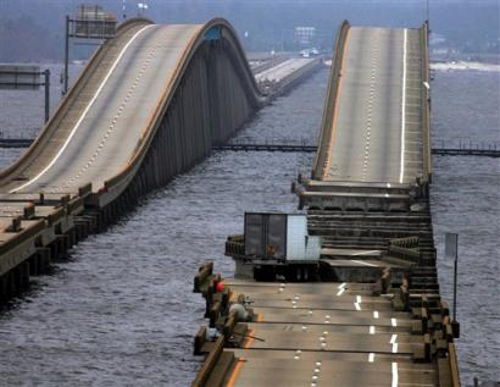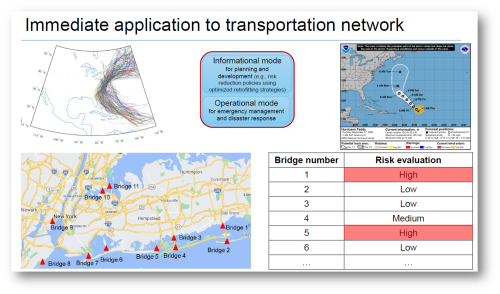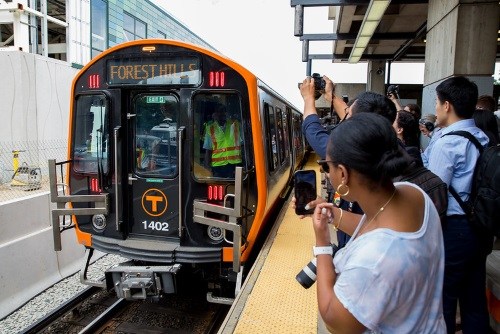FEDERAL ACTION
USDOT Sec. Elaine Chao Resigns over Capitol Hill Riot – AASHTO Journal
How will Pete Buttigieg sell Congress on infrastructure? – E&E News
How Merrick Garland could figure into Biden’s climate plans as attorney general – Grist
Congress authorizes water infrastructure projects – Agrinews
COVID-19
Breaking Down State DOT COVID-19 Relief Funding – AASHTO Journal
New York car ownership jumps nearly 40% as pandemic creates mass transit worries – CNET
Transit agencies join forces to promote mask usage – Mass Transit
Requiem for the Super Commuter – CityLab
NEPA
AASHTO Comments on NEPA Revisions, Highway Design Standards – AASHTO Journal
Federal pilot to allow some projects to avoid NEPA – Progressive Railroading
INFRASTRUCTURE RESILIENCE AND SUSTAINABILITY
Rail shippers give policy wish list for 2021 – FreightWaves
Sustainability director retires as two major projects near completion – Park Record
Slow Streets Disrupted City Planning. What Comes Next? – CityLab
The South’s communication infrastructure can’t withstand climate change – Southerly
National Security Implications of Deferred Maintenance in Infrastructure – Lawfare
Multibillion-Dollar Transportation Program Will Create America’s Most Connected Urban Center In National Landing – National Landing Business Improvement District (Press release)
AIR QUALITY
Can a future ban on gas-powered cars work? An economist explains – The Conversation
EPA decision on National Ambient Air Quality Standards praised by business group – Pennsylvania Business Report
Modern Mobility: Regional Bodies Can Have a Big Impact – ARLnow (Opinion)
ENVIRONMENTAL JUSTICE
Maine Board Adds New Environmental Justice Standard – AP
From the Left: M-CORES options for new highways threaten another environmental debacle – Daily Commercial (Opinion)
NATURAL RESOURCES
Why the American West is fighting for water protections – Vox
CULTURAL RESOURCES
Four finalists in running to claim and reuse historic Minnesota bridge – Minnesota Public Radio
MTA Metro-North Railroad Announces Opening of Major Segment of Empire State Trail in Putnam and Dutchess Counties – Putnam County, NY (Press release)
HEALTH AND HUMAN ENVIRONMENT/ACTIVE TRANSPORTATION
ODOT Strategic Action Plan promises ‘ambitious transformation’ – BikePortland
Old railroad corridors near Chicago transformed into all-weather trails for hiking, cycling and cross-country skiing – Chicago Tribune
Effort underway to make bike, pedestrian wayfinding easier across the valley – Daily Sentinel
Here’s Why You Can’t Judge Honolulu’s Bike-Share Program On Public Costs Alone – Honolulu Civil Beat
Colorado initiative to fund Safer Main Streets projects – Transportation Today
Governor Cuomo Announces Completion of 750-Mile Empire State Trail – New York State (Press release)
TRB RESOURCES/ANNOUNCEMENTS
Environmental Topics at the Virtual TRB Annual Meeting – AASHTO’s ETAP Podcast
TRB Webinar: Driving Toward the Truth – Dispelling the Myths About Cannabis Products – TRB
TRB Webinar: A Two-Way Ticket – Collaborative Planning Among Airports and Public Agencies – TRB
U.S. Department of Transportation Announces Research Topics for Upcoming Small Business Innovation Research Program Solicitation – USDOT (Press release)
FEDERAL REGISTER NOTICES
Revisions to Civil Penalty Amounts – Office of the Secretary, FAA, Federal Motor Carrier Safety Administration, FRA, Maritime Administration, NHTSA, Pipeline and Hazardous Materials Safety Administration, Saint Lawrence Seaway Development Corporation (Final rule)
Pipeline Safety: Gas Pipeline Regulatory Reform – Pipeline and Hazardous Materials Safety Administration (Final rule; withdrawal of enforcement discretion)
Guidance on the Preparation of Clean Air Act Section 179B Demonstrations for Nonattainment Areas Affected by International Transport of Emissions – EPA (Notice of availability)
Official Release of the MOVES3 Motor Vehicle Emissions Model for SIPs and Transportation Conformity – EPA (Notice of availability)
Strengthening Transparency in Pivotal Science Underlying Significant Regulatory Actions and Influential Scientific Information – EPA (Final rule)
Agency Information Collection Activities: Submission for OMB Review; Comment Request; Flood Mitigation Assistance (FMA); Building Resilient Infrastructure and Communities (BRIC); Pre-Disaster Mitigation (PDM) – FEMA (30-Day notice and request for comments)




